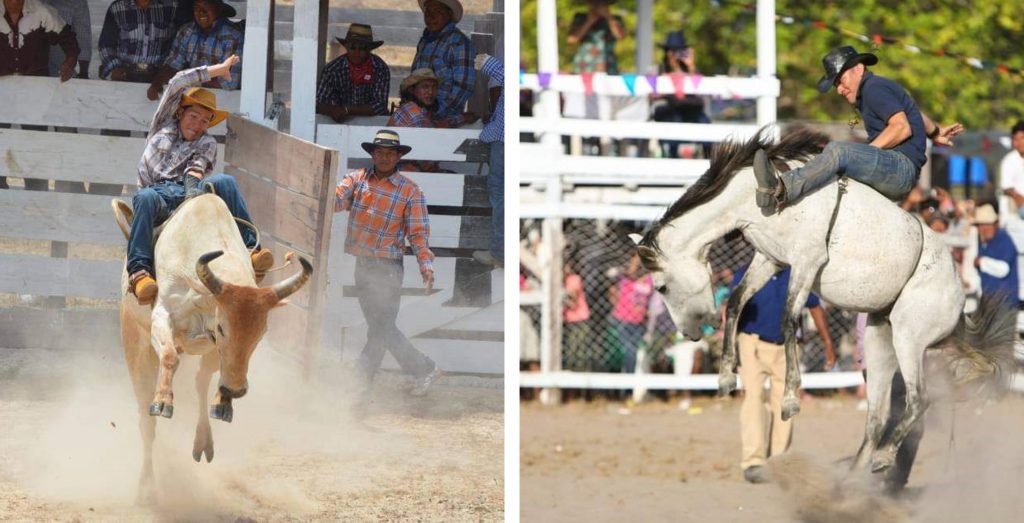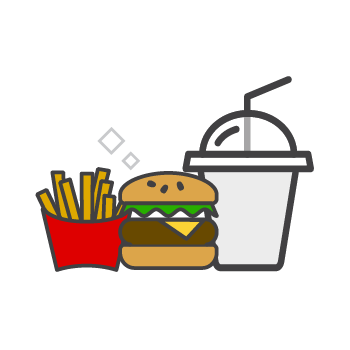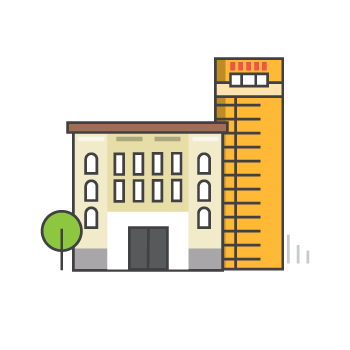Within Our Borders: A Cowboy’s Story Featuring Judah Kenyon
by Lou-Ann Jordan Jul 3, 2023

What do you want to be when you grow up? A cowboy!
Such has been the declaration of many young boys, even some girls; their imagination running wild as broomsticks became tamed stallions ridden in vast savannahs. Of course, our idea of cowboys have been shaped mainly by the USA and, to a lesser extent, Mexico and Australia. Very few of us may know that the cowboy culture and profession occur within our region. It’s one of the reasons we were fascinated with Stephano Phoenix ‘Judah’ Kenyon.
Judah joins the ranks of our Within Our Borders personalities because he excels in a profession that many may consider unconventional. He is a third-generation vaquero (cowboy) from Saddle Mountain Ranch in the Rupununi Region of Guyana’s Region 9.
Although Guyana is closely associated with the Caribbean and aspects of its culture are like the regional islands, they also retain a strong South American heritage. The country’s proximity to Brazil has produced a distinct cultural identity, namely, its cattle-ranching and cowboy tradition.
We’re excited to have Judah, a well-known figure in Guyana’s Vaquero community, among our Within Our Borders mentions. A significant competitor each year at the Rupununi Rancher’s Rodeo, held each Easter weekend, the 26-year-old has won several competitions, including the much sought-after title of Rodeo King in 2016 and 2018.
Learn about his markedly thrilling profession as he discusses the life of a vaquero on the Saddle Mountain Ranch. Here he shares about his dangerous yet exhilarating forays in the Rupununi Rodeo.
Share with us a day in the life of a cowboy. Provide a brief description of what your daily tasks involve.
On a busy day for us, the real vaquero work involves our weekly roundups. First, we bring in the horses from the range and choose the ones that will be used for the day’s work. We inspect the horses, bathe them, check our saddles, and then head out to the savannahs to muster the cattle.
Typically, we head out at the beginning of the week. It’s a six or seven-hour ride because the land is vast, and the cattle are free-range. There are no paddocks, so to find them, we often must climb hills or mountains to get a vantage point. Once we find them, we gather them and bring them into the corrals. We walk them because to have them run is exhausting.
The roundup is usually completed by Tuesday or Wednesday. Once we have them, we check which ones are healthy, and look after the unhealthy ones. We also examine the calves to ensure they’re not infected. After completing the checks, we open the gates and let them loose. Occasionally, we may take them to a particular area and then release them, but most times, we let them go off on their own.
We’re mechanics, too—we’re all-rounders, really. We do a bit of everything. So, we’re at the ranch looking after buildings, vehicles, equipment and even our farm and gardens for the rest of the week.

What sparked your interest in being a vaquero, and did you always want to be one?
Well, my dad, Francis Thomas Kenyon, is a vaquero and rancher who started our home, Saddle
Mountain, and so was his dad. My grandfather, Thomas Francis Kenyon, was a livestock man. He came from England during colonial times and started a ranch for the government by the Berbice River called Ebini. Later, he came to the Rupununi when cattle rearing was big and worked as the cattle trail warden.
So, yes, I grew up in it and liked the lifestyle—I like cattle, horses, dogs, everything. Also, I started riding at a very young age and liked it.
Part of the cowboy persona we’re all familiar with is their “one-of-a-kind” horse. Tell us about yours.
I have several, but one of my favourites is Shotgun, a five-year-old stallion. I recently won the Barrel Race with him at the 2023 Easter Rodeo. Shotgun is one of my favourites because he is an intelligent horse, has a good temperament, knows how to work with cattle, and is very fast. I bought him very young; he was just a year and a half colt that one of my associates had for sale. I’m very happy I bought him. He’s a good friend, asset, and investment.
What age did you ride in your first rodeo?
I started riding at eight or nine. I would go out into the savannah with the vaqueros on small roundups. However, I began riding in the rodeo at 15.

What do you remember most about your first rodeo experience?
My excitement. Rodeos are very exciting; the place is lively. I was full of adrenaline, fear, and some anxiety about what could happen. But mostly, I was excited. Even years later, there is still some anxiety, mainly with bull riding. The bull is a very different animal to ride (and to hold on to) than the wild horse because of its horns. Also, its skin is very loose and silky. So, I still get a bit nervous when the bull riding is first announced.
What part do the rodeo and the vaqueros play in Guyanese culture?
Many outsiders and some Guyanese don’t know about the Rupununi region and our Vaquero culture. The Guyanese culture on the coast is mostly entwined with Caribbean customs. Here in the Rupununi, our traditions are more South American, especially our vaquero culture. With the Brazilian borders close to us, they heavily influence us. In fact, we get most things from there.
We do have some cowboys from the Rupununi that work on the coast. They do cattle ranching along the Berbice River and on the Tacama Savannahs, but it’s not as prominent as here.
How often are rodeos held, and what and when is the next event that will take place?
Our rodeo is held once a year on Easter weekend and is the biggest event in the region and the country. There are plans by the rodeo committee to hold a smaller one in October. The goal is to have smaller rodeos with more competitors so that the main one will have fewer but more seasoned riders taking part.
Outside the Easter rodeo, a few smaller ones are held in the region. There is also one in Berbice at the Rising Sun Club, a racing track, but they host an annual one-day rodeo on the last Sunday in October.

How do visitors access information on upcoming events?
They can contact the Guyana Tourism Authority as they have a calendar of all the events for the year. For persons interested in the Rupununi, there is also the Visit Rupununi website that highlights the holidays and activities in the region. The site also provides information on accommodation as, in addition to our ranch, there are others and a few hotels in Lethem for visitors.
Here at Saddle Mountain Ranch, we do a bit of eco-tourism and are working on expanding. Currently, we have two cabins that accommodate four to six people at a time. We offer various activities like horseback riding, hiking, wildlife spotting, night walks, camping, fishing, and such.
What is something that may surprise readers to know about Saddle Mountain Ranch?
The reason for its name! It got its name because to the west of the ranch is a mountain that is the shape of a saddle. But what’s interesting is that the mountain is the exact shape of the saddle we use in the Rupununi, which is the Mocushi saddle. So, it’s a landmark for the ranch.
Looking back on your career, what has been your most memorable experience?
I have three, actually. Earlier, I talked about my riding in my first rodeo at 15. I participated in the saddle bronco competition, which is riding a wild horse with a saddle and a rope wrapped around its back just behind its shoulders. I came third in that competition, which was a great accomplishment at that age. The experience motivated me to go again.
Later, at 18, this was one of the scary moments, I rode a bull and got kicked on my tailbone. I fell and could not get up for a minute or two because I couldn’t feel my legs. for a minute or two. I thought I had lost my legs.
Then, when I won the Rodeo King. It was in 2016, and I was only 20 at the time. It was such a great experience. I felt like I conquered the rodeo!
You’re a two-time Rodeo King champion. What was different about your preparation and eventual victory in the 2018 competition?
I prepared better. Before the rodeo, I worked on my fitness and spent a lot of time in the saddle. Also, I was much more confident than I won the competition the first time. I was sure I could win again since back in 2016, I was just trying my luck.
As a third-generation vaquero, is there any advice your granddad or dad has shared that you’ve held on to?
My dad has always told me, “Rise with the sun and always be prepared for the day”. When you rise with the sun, you’re not losing day; there’s time to accomplish all you must do. I remember it, although sometimes I don’t want to do it.

What’s a misconception people have about cowboys?
There are two. Firstly, people think it’s simply about strength, and it’s not. I rely more on my skills and talent to do my job. Also, some people think we treat animals harshly, but it’s not so, at least not everyone. As someone with experience with horses and wild cattle, we often have to find ways to handle these animals because they are much stronger than we are. While there may be a few bad eggs, not all cowboys lack patience or are brutal. After all, this is our job, and we love it!
What is one goal you would like to achieve as a vaquero?
First, it’s more of a dream than a goal. When I was a teenager, I came across the PBR, which is Professional Bull Riding. It’s primarily based in the US, but places like Brazil, Mexico, Canada, New Zealand, and Australia also have it. At 18, I wanted to attempt to get give it a try, but time passed, and I’m getting older.
I still want to try it, although most riders start at 18 and retire around 40—at least the pros do. At 26, I still have, let’s say, 12 years. Also, it would be a great opportunity for our region. There’s a lot of talent here that just needs the backing and funding.
What keeps you motivated?
The ranch crew because of our culture here, which I want to pass it on to my children. Also, my family—my siblings motivate me. I have four sisters who were rodeo champions in barrel racing and best-dressed Rodeo queen competitions.
How do you wind down and relax when not preparing for an event?
I go for a horseback or motorcycle ride, or I may climb Saddle Mountain. I feel very relaxed when I do those things, especially when I climb the mountain. At such times, I’m alone, 600 feet above the ground, and can clear my mind.
*****
To learn more about Judah and his adventures at the rodeo, check him on Facebook or visit his IG page. Also, now is an excellent time to visit Guyana. While there, take a trip to Lethem. You’ll learn more about the cattle ranchers, the rodeo, and the vaqueros of the Rupununi.
Much is going on within our borders, and we’re excited about discovering and featuring them. Be on the lookout for our next issue of Within Our Borders, and if you know someone who’s making waves, be sure to drop us a message on Facebook or IG.
Meanwhile, check out our past Within Our Borders interviews: Kenroy George, Josiah and Judah Jessop, Anastasia King, Ulric Weekes and Marcia Seales-Rodney.








